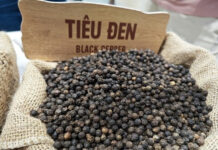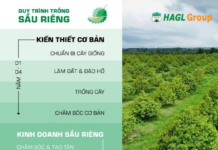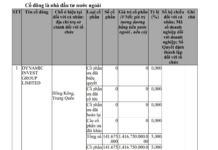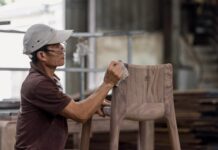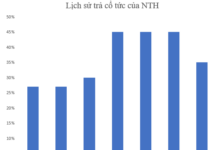According to Binh Thuan Newspaper, with new mulberry and silkworm varieties and modern farming techniques, sericulture has brought prosperity to the locals, befitting the saying, “A year of raising pigs is equal to a season of raising silkworms.”
In an interview with the newspaper, Mr. Pham Van Quyen from Duc Tin commune, Duc Linh district, Binh Thuan province, shared that seven years ago, his pepper plants were ravaged by a widespread disease, and his pig farm was affected by the African swine fever.
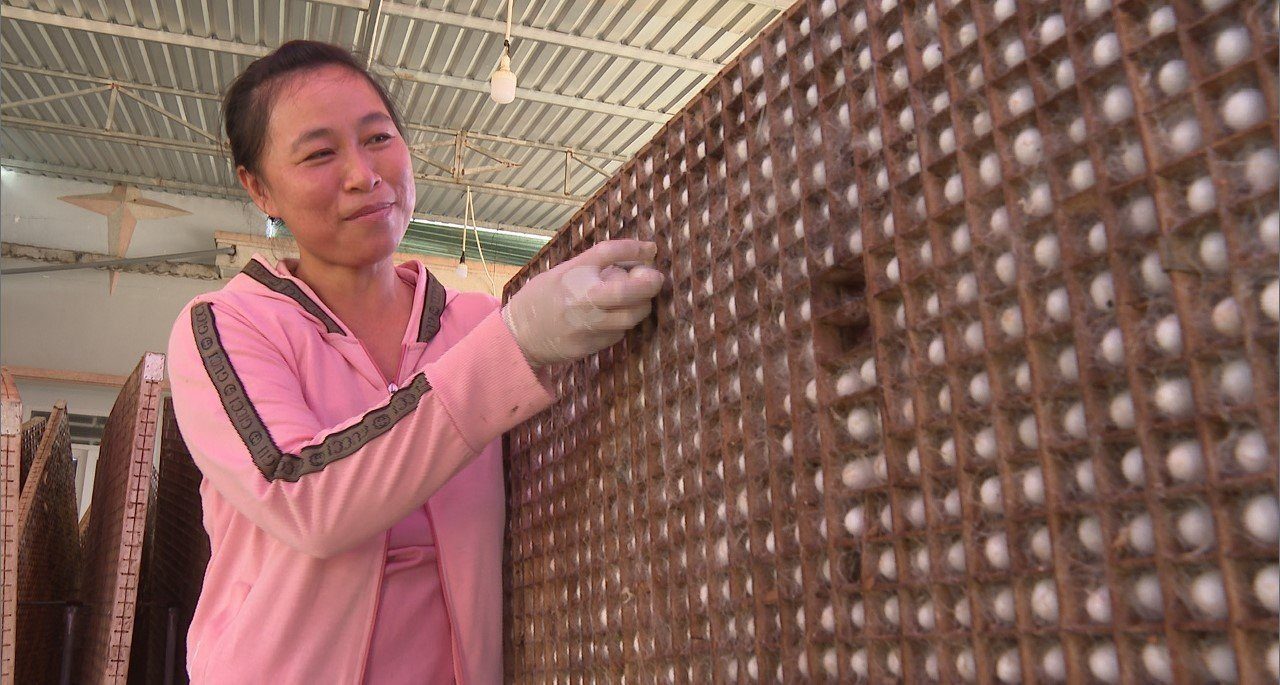
The average selling price is currently VND 160,000-170,000/kg of cocoons.
Mr. Quyen then decided to pioneer a shift in farming structures and animals, focusing on efficiency. He invested significant effort into learning about sericulture in various localities. Equipped with this knowledge, he embarked on cultivating 1 hectare of mulberry trees (a new variety) and constructing a 150m2 silkworm house.
With this setup, he was able to raise four batches of silkworms over 20 days, utilizing the technique of ground-level houses with cement-coated floors. After a year of this endeavor, Mr. Quyen witnessed noticeable improvements, achieving stable yields with an average selling price of VND 160,000-170,000/kg of cocoons. He found this model of sericulture promising, offering stable income after deducting expenses.
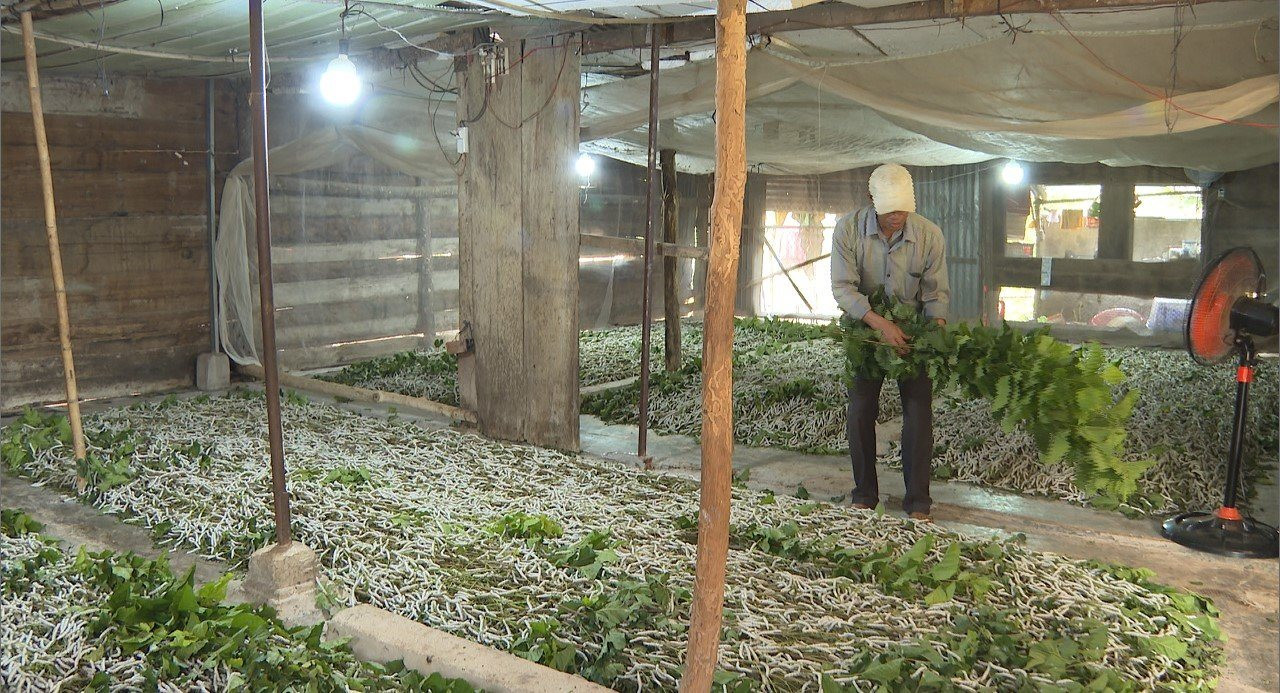
Each batch of silkworms yields between 45 and 65 kg of cocoons in 15-18 days.
Mr. Quyen shared his insights: “A batch of silkworms is raised for about 15-18 days, producing 45-65 kg of cocoons, depending on the batch size. It’s essential to have around 2 sao of mulberry trees to ensure a sufficient food supply for each silkworm rearing cycle. The silkworm rearing area must be well-ventilated and cool, with temperatures ranging from 25-28 degrees Celsius. When the silkworms mature, they need sunlight and breeze to produce high-quality white cocoons that fetch a higher price.”
Following Mr. Quyen’s lead, farmers in Duc Tin commune established the Duc Tin Sericulture Cooperative, which has since expanded its membership and cultivation area.
One of the cooperative’s members, Ms. Bui Thi Thu Tam, shared her five-year journey with sericulture. She observed that, compared to traditional crop farming, sericulture provides significantly higher income on the same land area. According to her calculations, each batch of silkworms reared for 18 days brings a profit of no less than VND 10 million, echoing the saying, “A year of raising pigs is equal to a season of raising silkworms.”
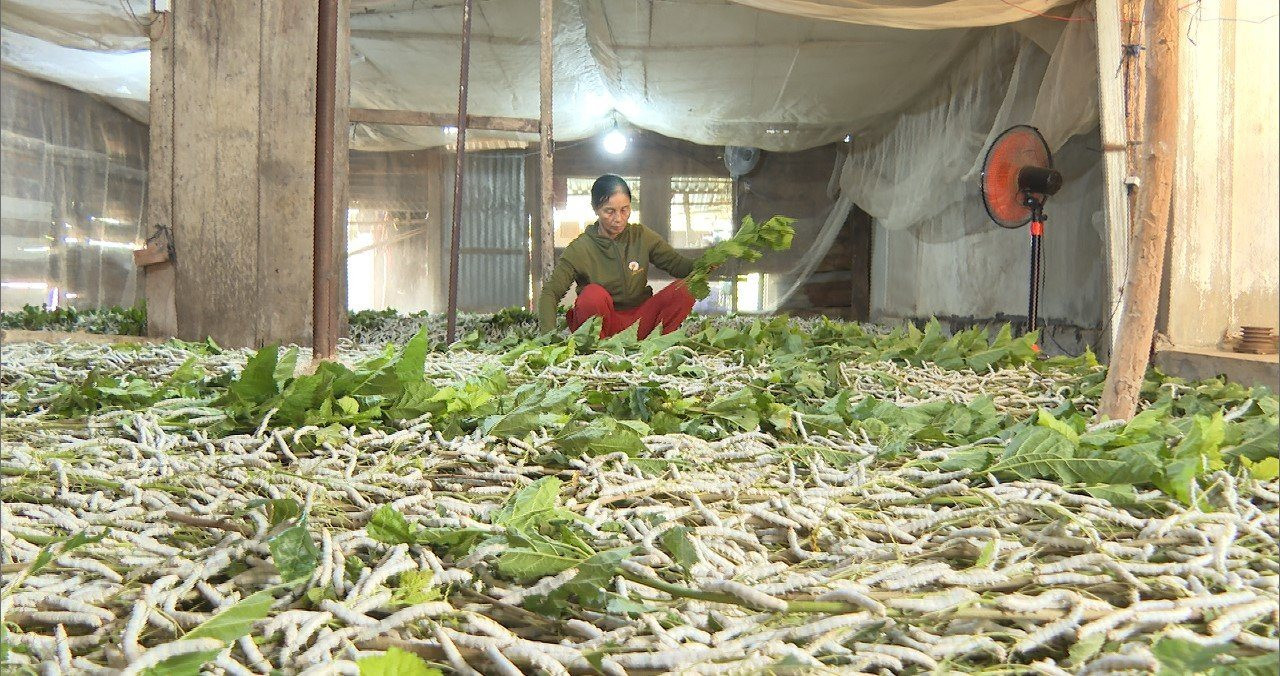
Each batch of silkworms reared for 18 days brings a profit of no less than VND 10 million.
Tips for Successful Sericulture
Mr. Nguyen Huu Hoang Nam, Vice Chairman of Duc Tin Commune People’s Committee, shared that initially, only 1-2 households in the commune practiced sericulture. However, in 2023, these pioneers formed the Duc Tin Sericulture Cooperative, which now comprises 25 farming households cultivating nearly 40 hectares of mulberry trees. Among them, 16 households are actively rearing silkworms on approximately 25 hectares, with the remaining area being newly planted.
“On average, the cooperative in Duc Tin commune harvests over 2 tons of cocoons monthly. With prices ranging from VND 160,000 to 170,000 per kg of cocoons, farmers are making a profit,” Mr. Nam added.
According to the Ethnic Minorities and Mountainous Areas newspaper, the choice of silkworm varieties depends on the locality and the farmers’ technical skills. Generally, the two-hybrid white cocoon silkworms, known for their high yield and quality, are preferred during the cool seasons of spring and autumn. On the other hand, the golden silkworms (Multi-hybrid x Two-hybrid; Multi-hybrid original) are more suitable for the hot and humid summer season and regions with less advanced sericulture techniques.
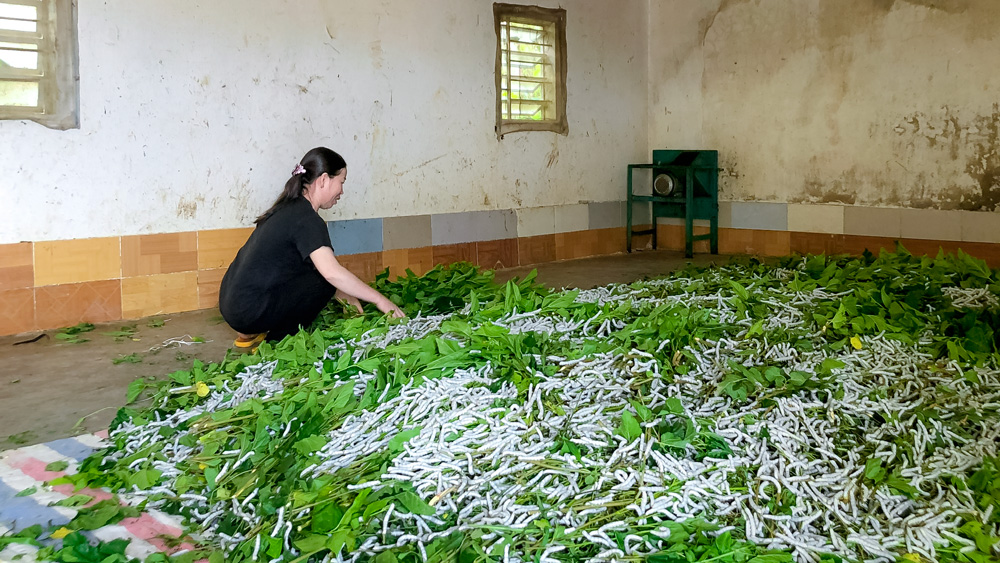
Silkworms are monophagous insects that feed exclusively on mulberry leaves.
Silkworms are monophagous insects that have been domesticated by humans for a long time, feeding solely on mulberry leaves. Therefore, they are highly sensitive to their environment, including food, temperature, humidity, light, wind, and living conditions. To ensure successful sericulture, it is crucial to create favorable conditions for the silkworms’ growth and development, minimize negative impacts, and proactively prevent diseases.




